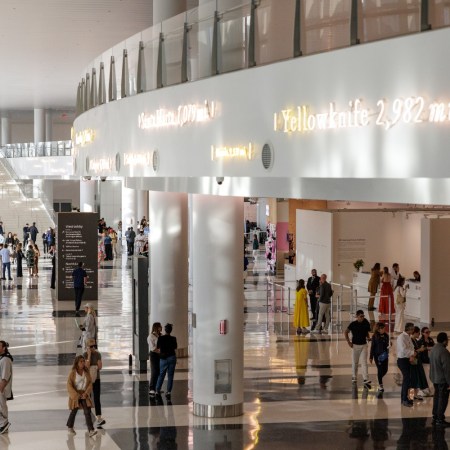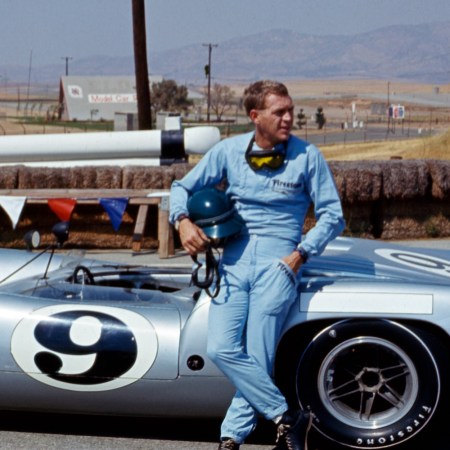Over the centuries, plenty of artists have drawn inspiration from the landscape around them and turned it into vital works that have withstood the test of time. From realistic scenes to abstract works, these paintings offer a glimpse into their creators’ minds while also serving as an unlikely documentation of a specific place and time.
For historians and scientists, this can make for a fascinating array of data. It’s led to scholarly looks at the role of weather in Vincent van Gogh’s paintings, for example — and that’s just the tip of the metaphorical iceberg. The latest place where art history overlapped with meteorological history comes via The Washington Post, where writer Philip Kennicott teamed with Capital Weather Gang‘s Matthew Cappucci to look over a number of paintings.
Kennicott described the goal here to be “to look at weather as both a scientific and artistic presence in great paintings and photographs.” And their survey of art includes everything from a cloud scene by Georgia O’Keefe to an image of Mount Fuji by Katsushika Hokusai.
Cappucci’s insights make for fascinating reading. This includes the fact that O’Keefe’s painting offers a glimpse of the phenomenon of cloud streets which, he writes, “are often associated with snow showers, but it is the same type of mechanism that causes big-time lake-effect snow totals.” And he points out that the sky in John Constable’s Salisbury Cathedral From Lower Marsh Close suggests that “[t]here was probably some morning fog near the surface that has since burned off.”
All told, it’s an insightful look into a host of paintings — and an exploration of how weather can result in some indelible images.
Thanks for reading InsideHook. Sign up for our daily newsletter and be in the know.

















